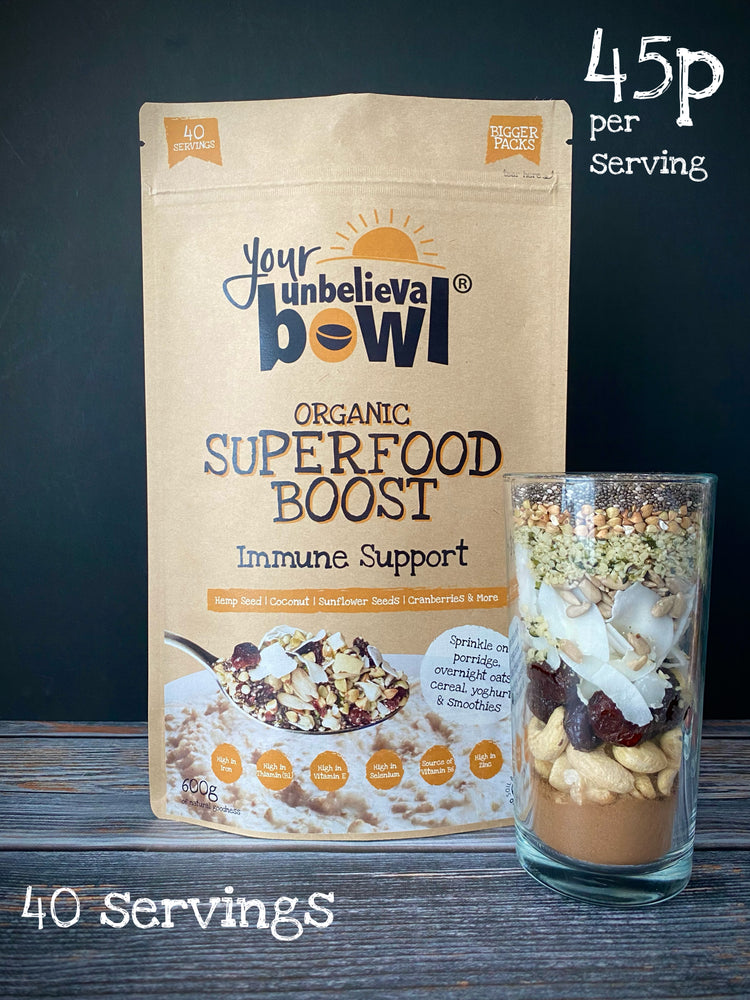
Craft beers are gaining popularity due to their unique flavors and health benefits. These benefits include a low glycemic index, unique flavors, and environmental sustainability. However, there are a few things to keep in mind before choosing a Craft beer. These include xanthohumol, a compound that shows anti-cancer properties in liver and colon cancer cells. Alcohol is often associated with hangovers and alcoholism, and heavy consumption increases the risk of heart disease, stroke, and strokes.
Health Benefits
Craft beers like Craft Beer Anchorage AK are an excellent source of health-promoting nutrients. Studies have linked moderate beer consumption to a lower risk of overall mortality and a decreased risk of type 2 diabetes. Additionally, they are rich in nondigestible prebiotics, which feeds beneficial bacteria in the digestive tract. These bacteria are also thought to help with digestion and immunity.
Craft beer is rich in antioxidants and protein. It is also a good source of silicon and vitamin B complex. Studies have also shown that the brewer’s yeast in craft beers helps to lower bad cholesterol. Moreover, craft beer can be an excellent source of dietary silicon, improving bone mineral density. This can prevent osteoporosis and strengthen the bones.
Although craft beers are higher in alcohol than their mass-produced counterparts, they are still considered safe to drink. The Centers for Disease Control and Prevention (CDC) recommends one or two drinks daily for women and two for men. This amounts to about two to three pints of beer.
Unique Flavors
Craft beers offer a wide variety of flavor profiles. Some have fruity, funky, or even winey notes. They range from light to medium-bodied beers and can be low to high alcohol. Many are aged in wood and can be blended with other styles to increase the complexity.
Many brewers use different types of malt in their beers. These additions can give craft beer its distinct flavor. Porters and stouts are prime candidates for these flavor additions. These brews are popular with craft beer drinkers. Their distinct flavors stand out and are an excellent way to get your drink on.
Flavors in beer are determined by a blend of malt, hops, and water. In addition to these ingredients, the brewer’s personal touches and intent will add notes to the beer. Color and carbonation also affect the taste of a craft beer.
Environmental Sustainability
Environmental sustainability of Craft beers can be a win-win for the consumer and the environment. It is possible to enjoy beer without breaking the bank, and many craft breweries are taking sustainable business practices to the next level. By utilizing renewable energy sources, craft breweries can reduce their energy consumption. In addition, they can save money on their utility bills since tax incentives offset solar power costs.
One brewery that is taking sustainability seriously is the Fort Collins Brewing Company. This 100% worker-owned brewery is a Certified B Corporation and has been at the forefront of sustainability efforts since 1991. It has a solar array that provides over 40% of the brewery’s energy. It is also preparing to install a second solar array so it can produce 110% of its power from solar by 2022. It may sell extra power to the local utility by that time. In addition to using renewable energy sources, it also aims to maintain a zero-impact water use system. Water is obtained from on-site wells and treated at the brewery to prevent contamination. Additionally, it has a carbon farming project and uses recycled materials.
One of the biggest challenges in the craft beer industry is measuring sustainability and reducing its impact on the environment. Only a handful of breweries are tracking their energy use and greenhouse gas emissions in the US. This is unfortunate, given that the microbrewery sector is the fastest-growing craft beer segment. Yet, breweries that do track these metrics are already making significant strides. For example, Canadian craft breweries committed to sustainability have cut greenhouse gas emissions by 57.3% since 1990 and energy usage by 48.1% over the same period.

